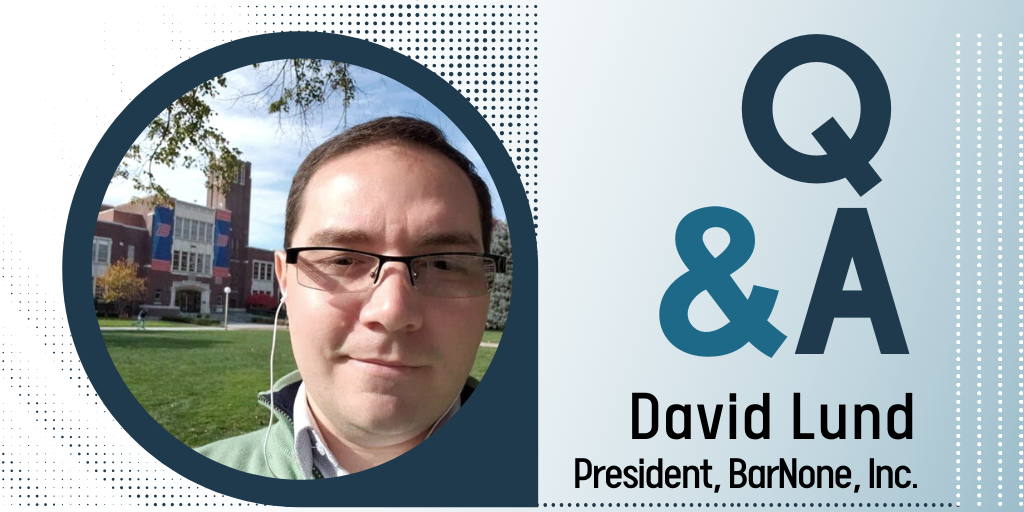Idaho incarcerates more people per 100,000 than the United States as a whole, and the United States far outstrips other developed countries. In your opinion, what is causing Idaho’s high incarceration rates, and what needs to be done about it?
Idaho has a problem with the overuse of the justice system. Since about 1987, when a new tough-on-crime policy emerged in Idaho, every issue ended up in the courtroom. We believe the best solutions are community-based solutions. We can do better. Communities can address many problems related to crime—domestic violence, drug and alcohol use, theft, etc.—through stronger communities where people are invested in each other. Once we get back to leaning on each other instead of leaning on the police and courts, we can restore balance to the system. A balanced system has many positive consequences. Families are more likely to stay together, we’d spend less money on the criminal justice system, and we’d end up with fewer people being victimized in the long run.
You are president of BarNone, Inc., an Idaho nonprofit that connects formerly incarcerated people with community resources. How does BarNone welcome returning citizens back into their communities?
BarNone begins by working with returning citizens before release, including researching and connecting them with housing, employment, transportation, and treatment resources, as well as community support. Pre-COVID, we also hosted an annual “Welcome Home” party for anyone released from incarceration. The party includes prizes, motivational speakers, and a catered dinner to send the message that returning citizens are welcome back in their community.
Based on your experience, what obstacles do people with mental and substance use disorders face when returning home?
While it is getting better, people with mental and substance use disorders struggle with the weight of building their lives from scratch after release. It is overwhelming. Many Idahoans live in small communities that do not have resources for them. In a way, COVID has helped us move forward on some new practices statewide that are helpful with this. For example, instead of struggling to find a ride to town to go to your treatment meeting, now you can use Zoom. The same is true with regular check-ins with probation and parole staff.
Additionally, there is a real demand for employees right now, which has caused some employers to change their hiring practices toward people who have a history of conviction. People are significantly more likely to succeed if we can get them connected with community sponsors or mentors and connect them with transportation, housing, and employment resources. Particularly for folks with mental and substance use concerns, some of the typical barriers are triggers to return to use.
You have a philosophy about working with formerly incarcerated men and women. What is this philosophy, and how does it guide you in your everyday work?
People first. We value community because it promotes people. It is people that are in prison. It’s very easy to just see the crime and not the context. We’re part of a larger movement here in Idaho to shine a light on the human aspect of the criminal justice system and elucidate the need for continued improvement in certain areas of the system. It all comes down to people.
You spent 15 years incarcerated in Idaho’s prison system. What do you want your fellow Idahoans and others across the United States to know about people who have served time in a correctional facility?
We can’t define people by the worst day of their lives. Every person who was or is incarcerated is a human being that has been through a lot. Next time you encounter a person with a history of incarceration, try to see their humanity. Try to understand that people make mistakes and that having been incarcerated does not make you a bad person, does not make you permanently stained or of less value. We have a lot to contribute to our communities if you give us a chance.
Like what you’ve read? Sign up to receive the monthly GAINS eNews!


